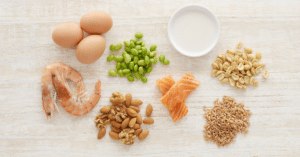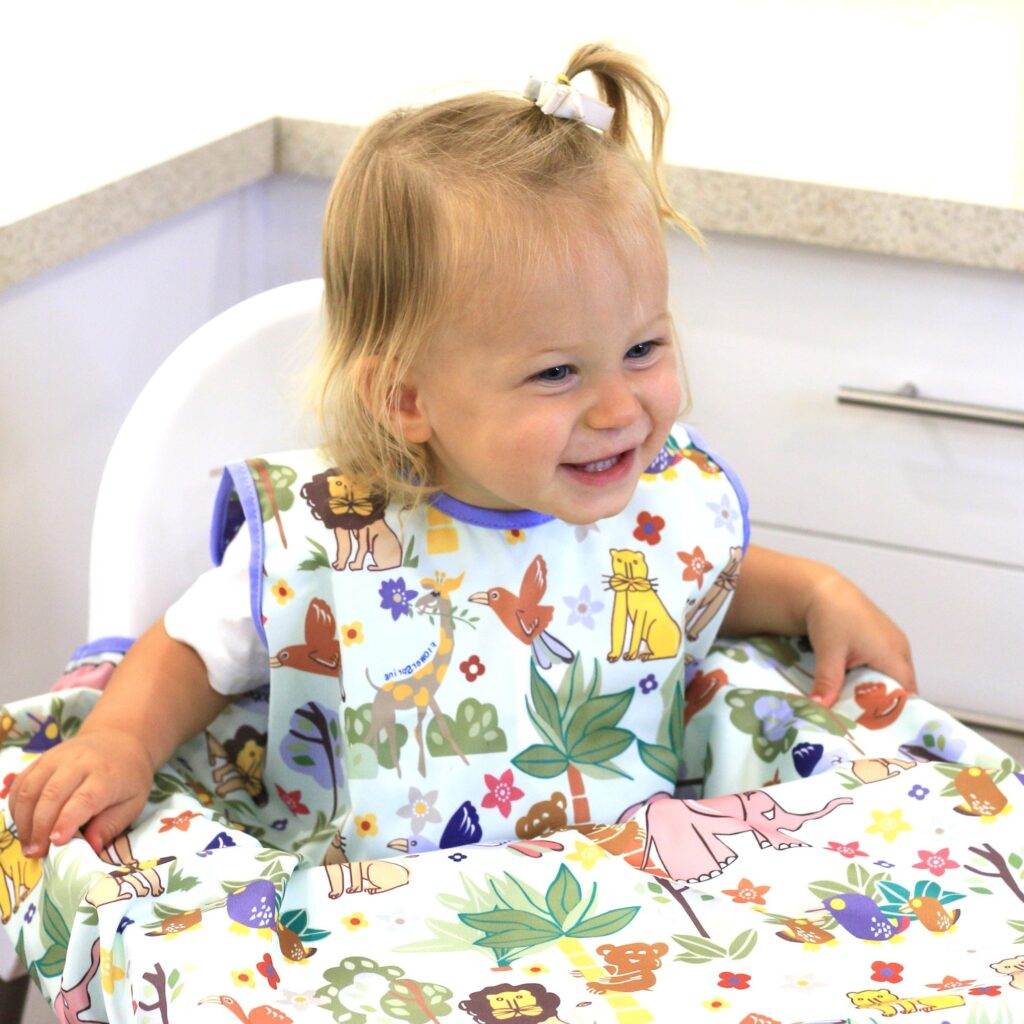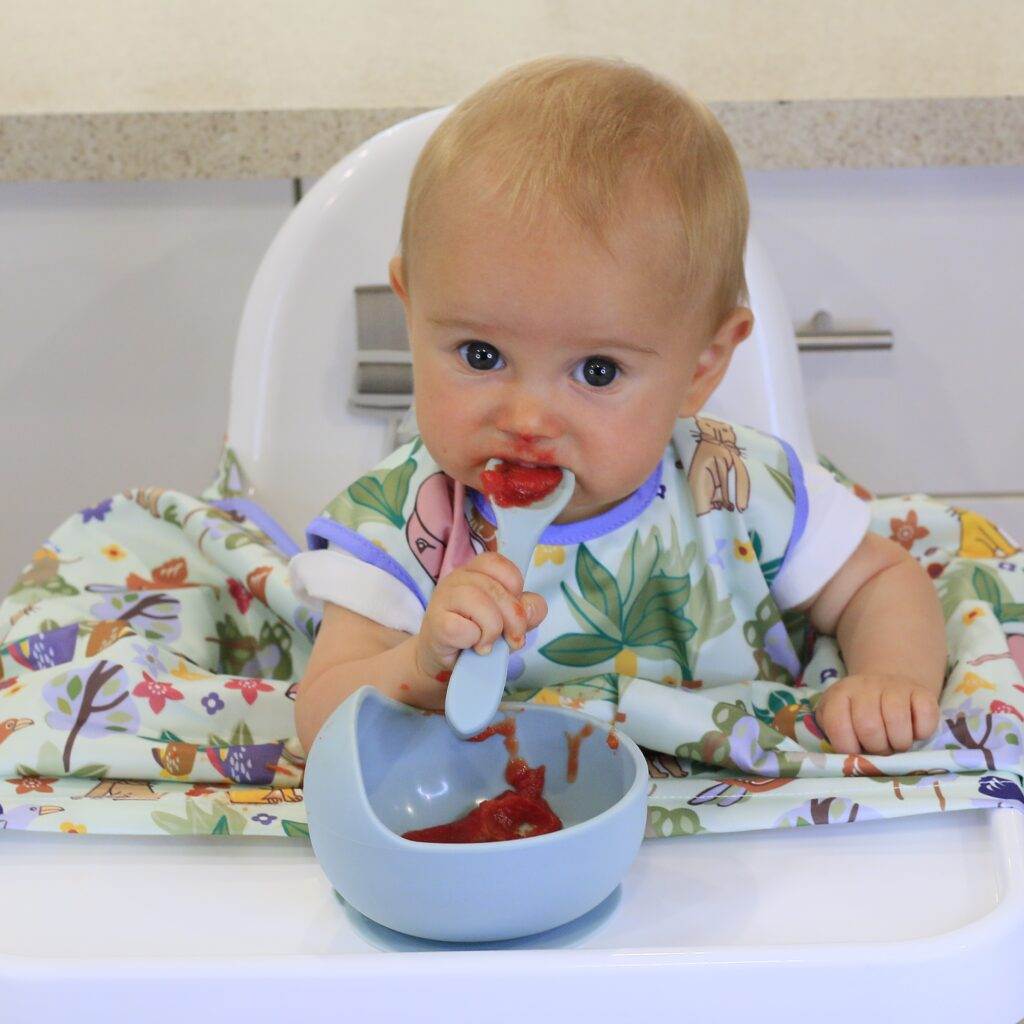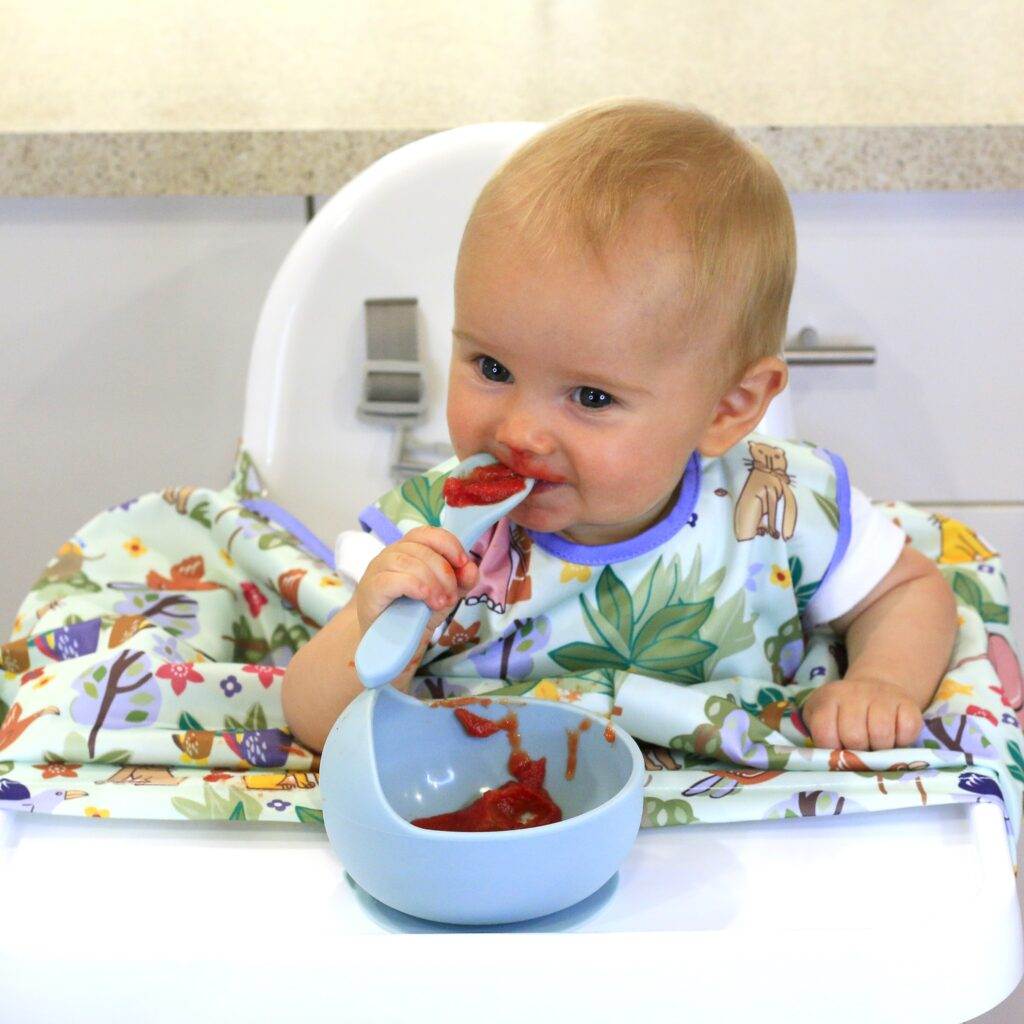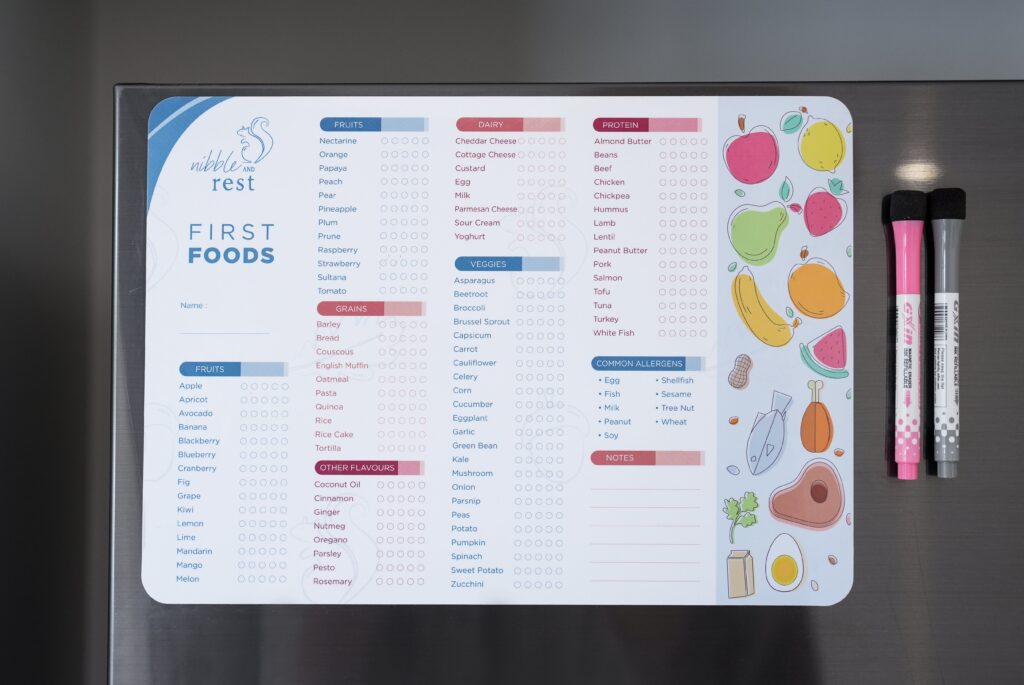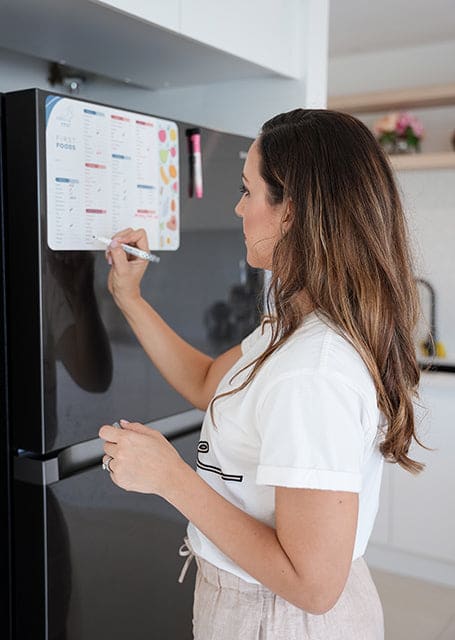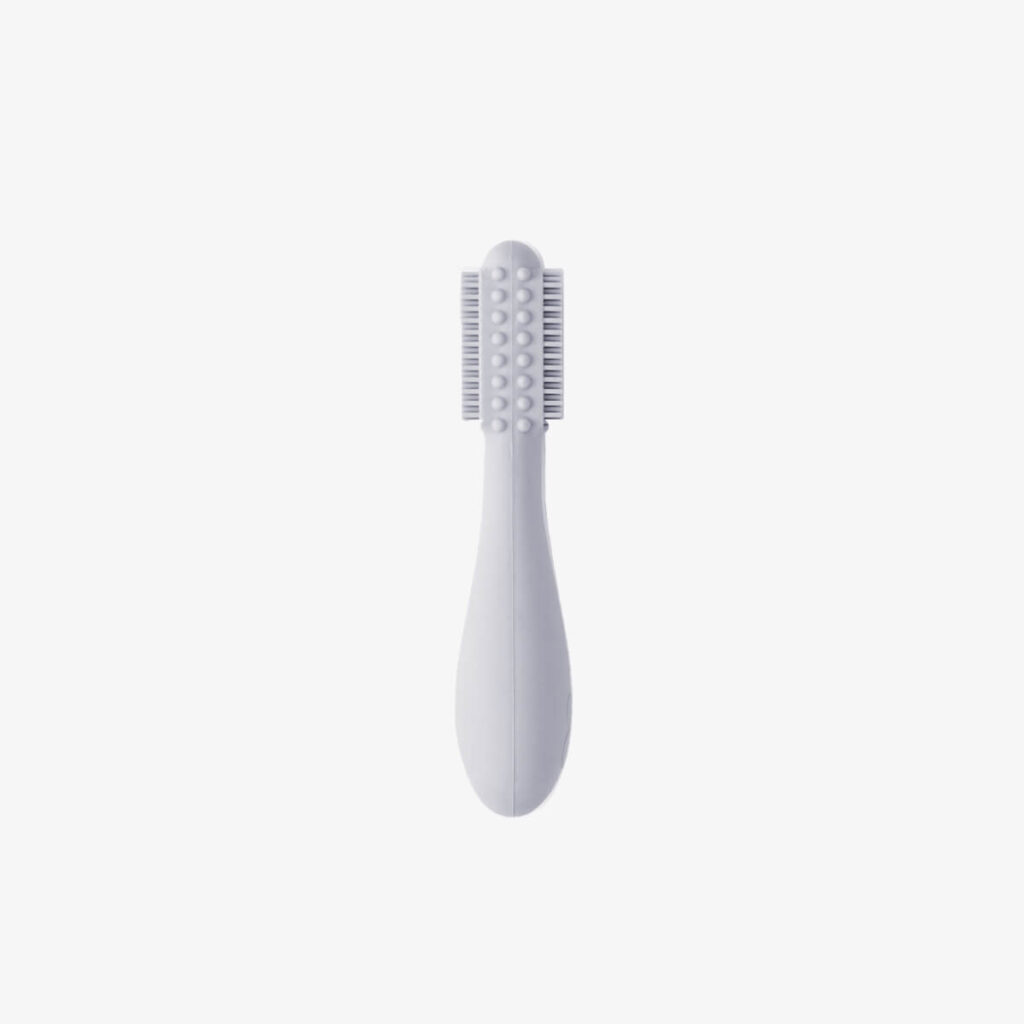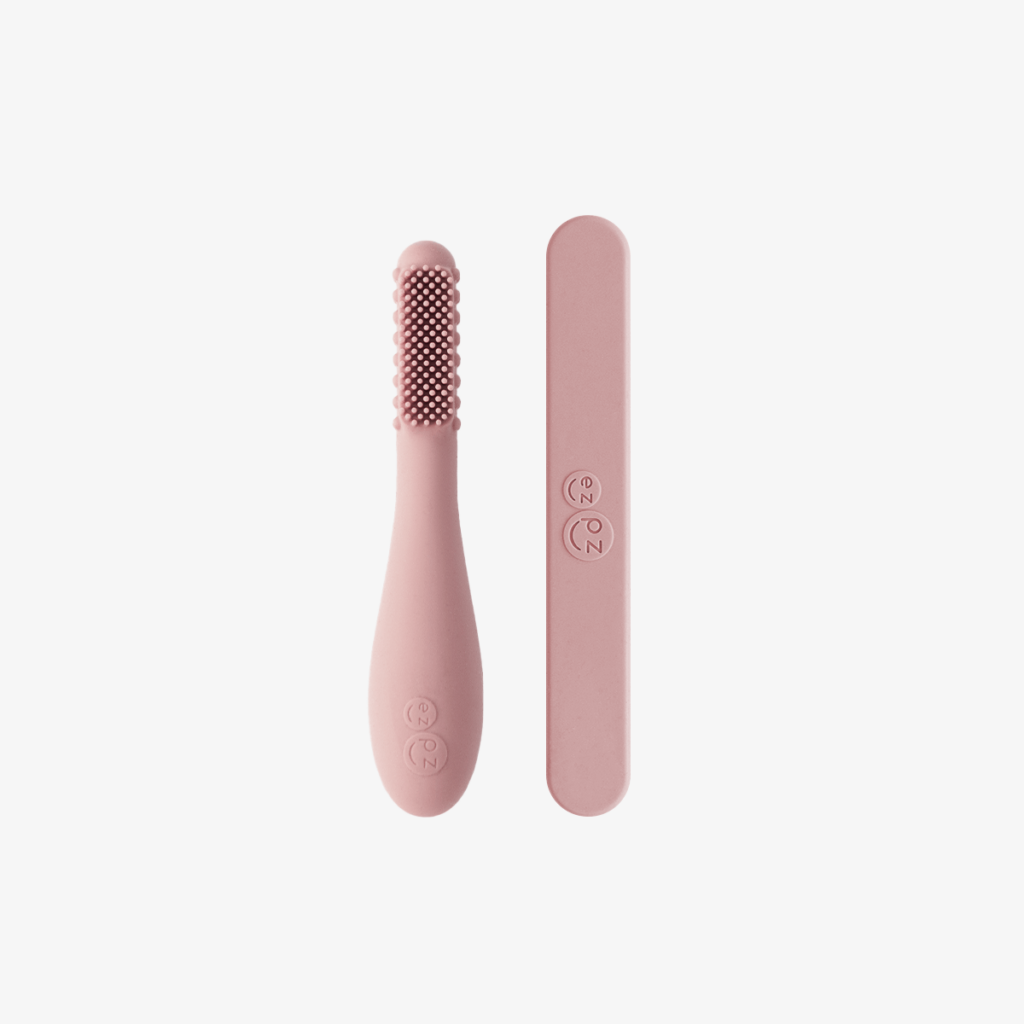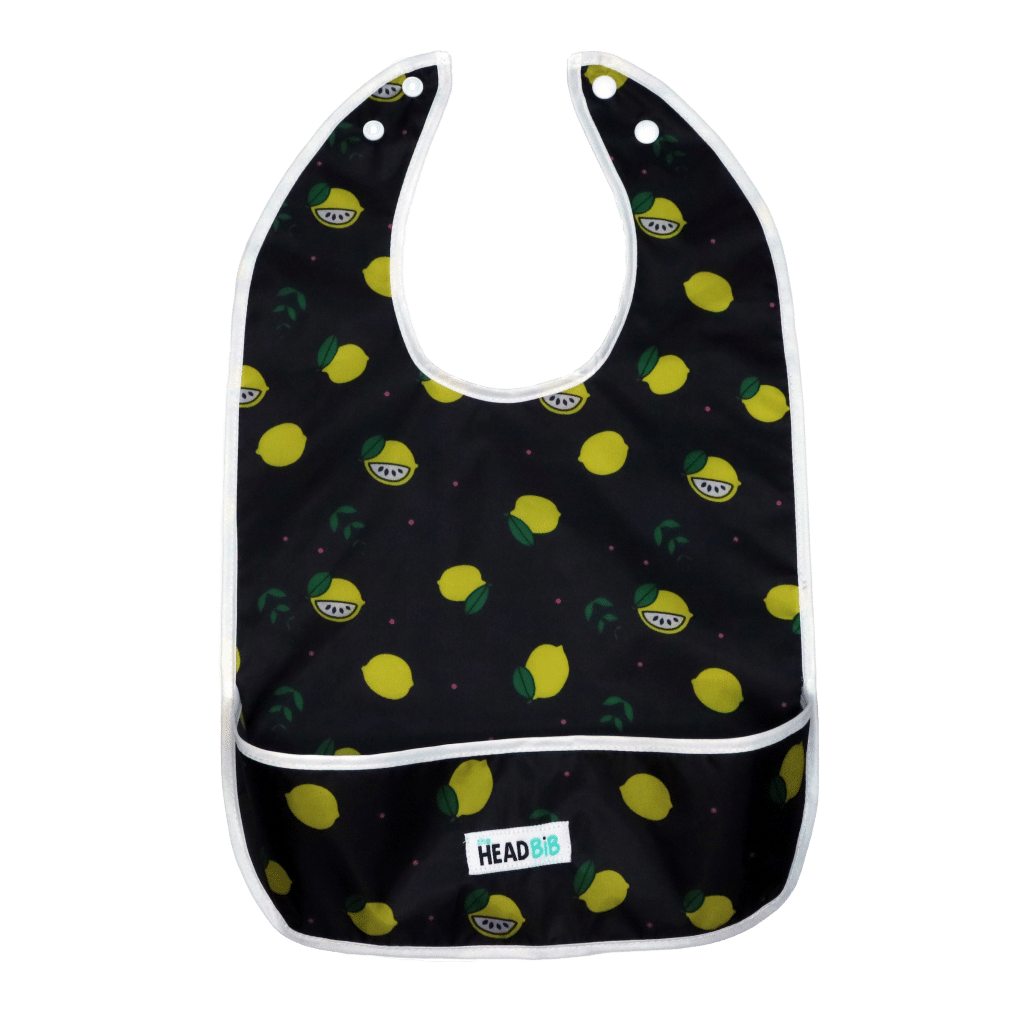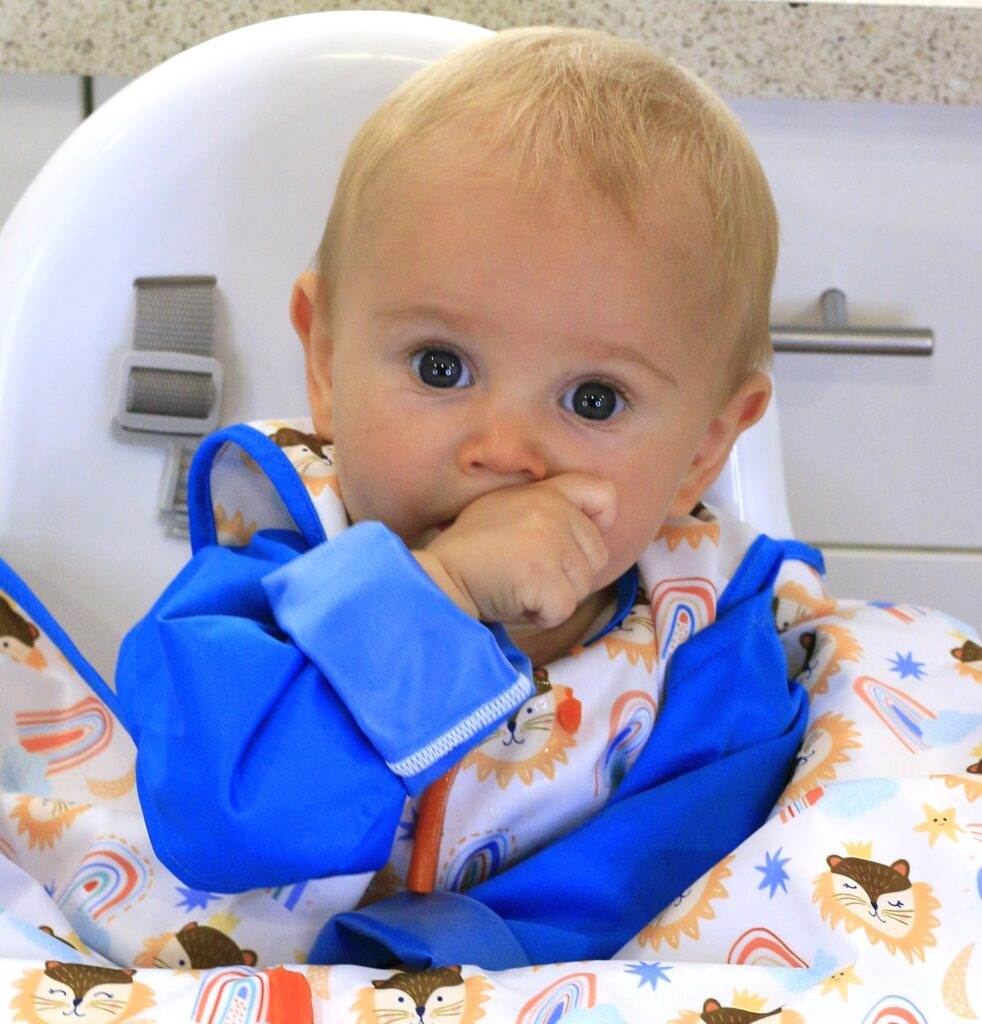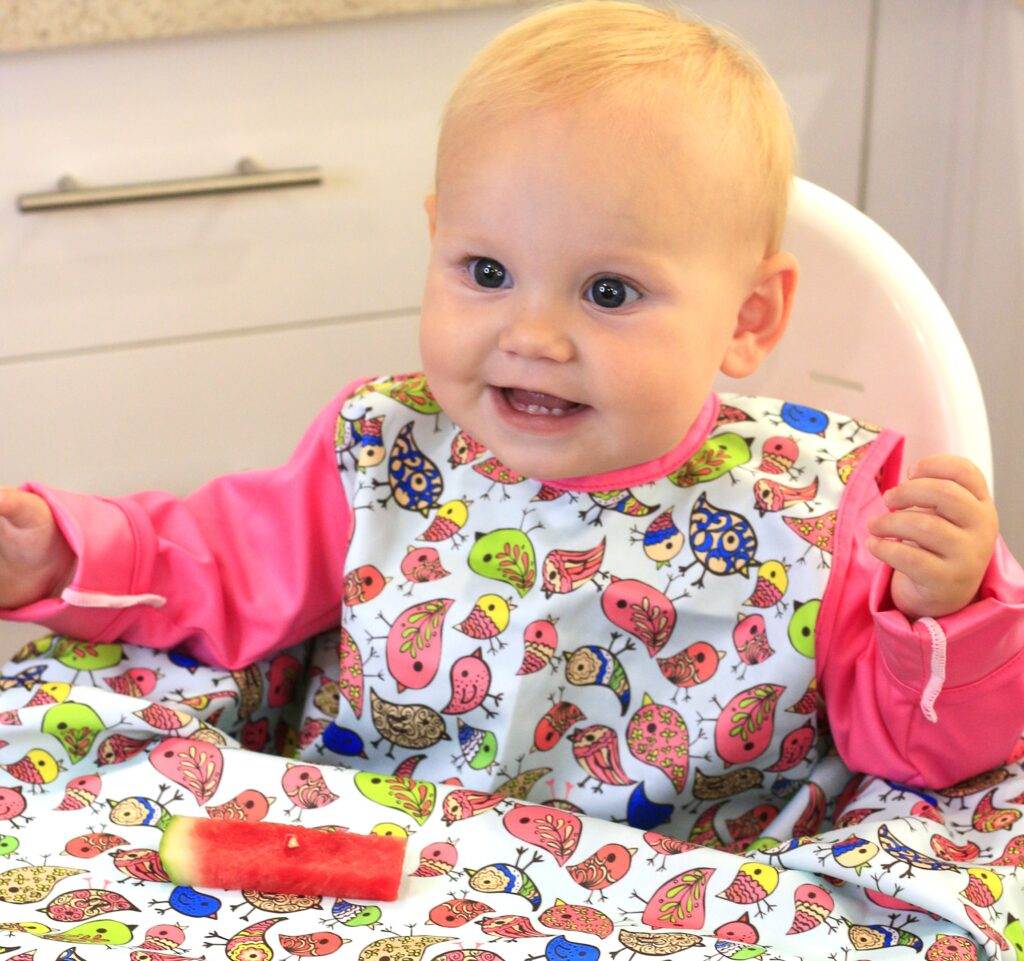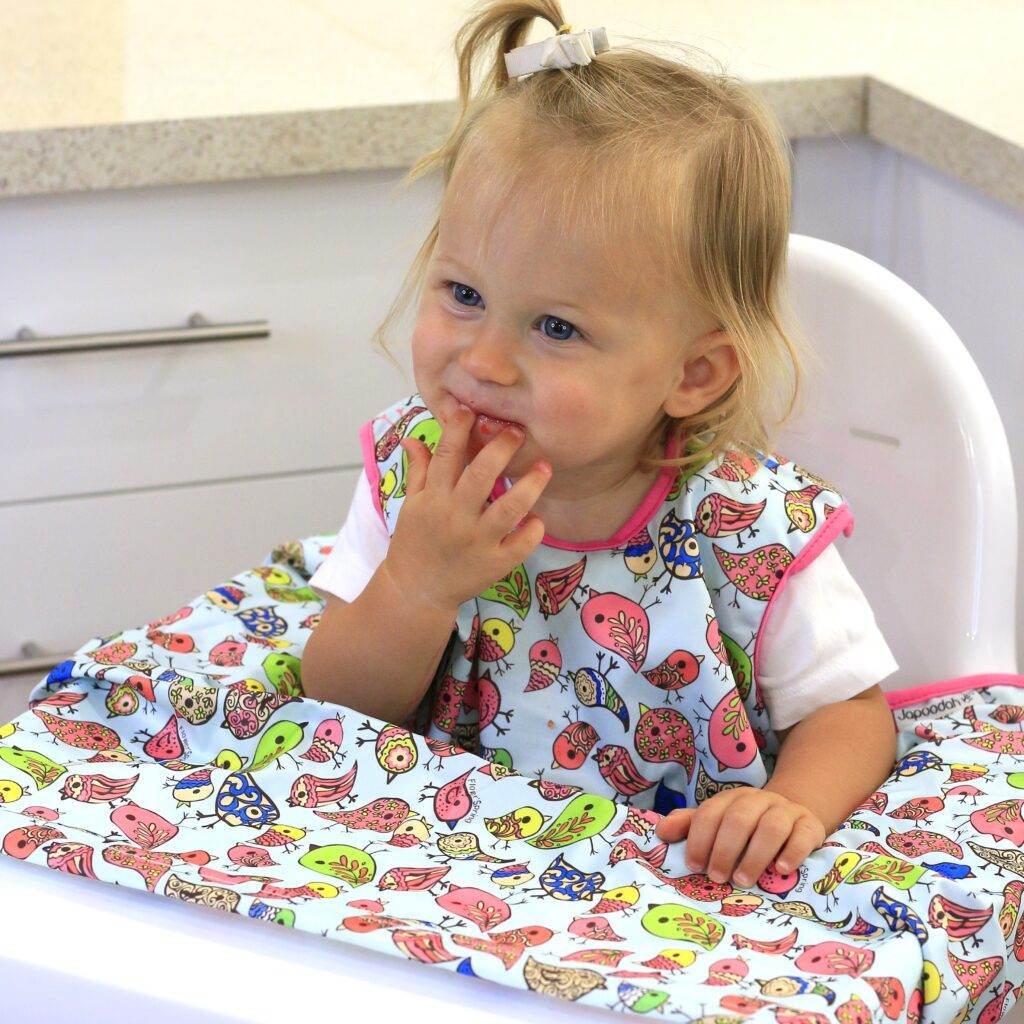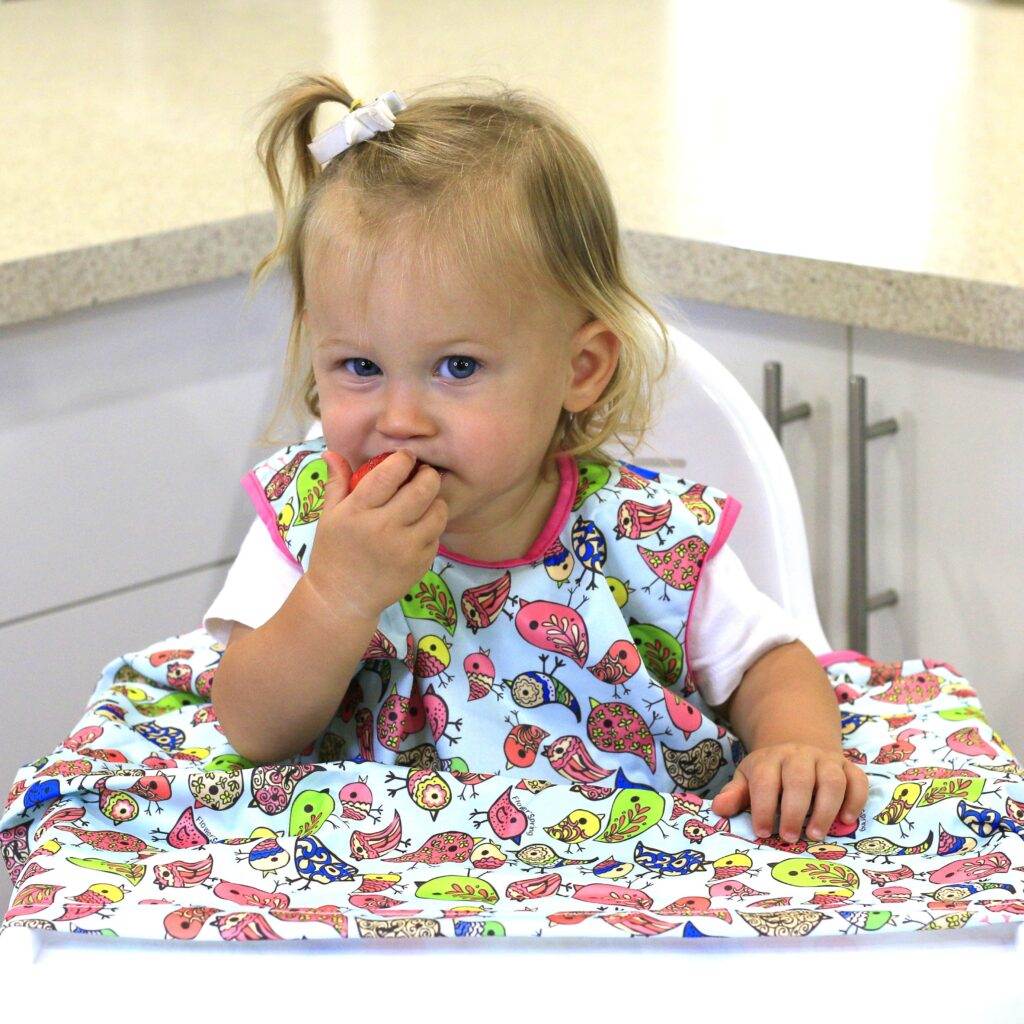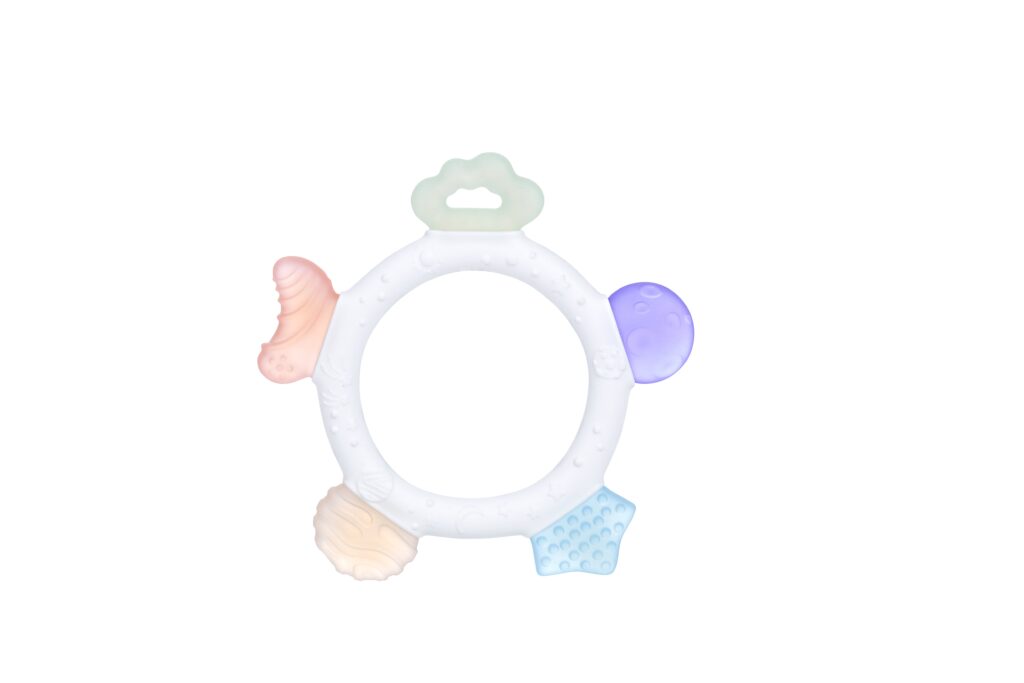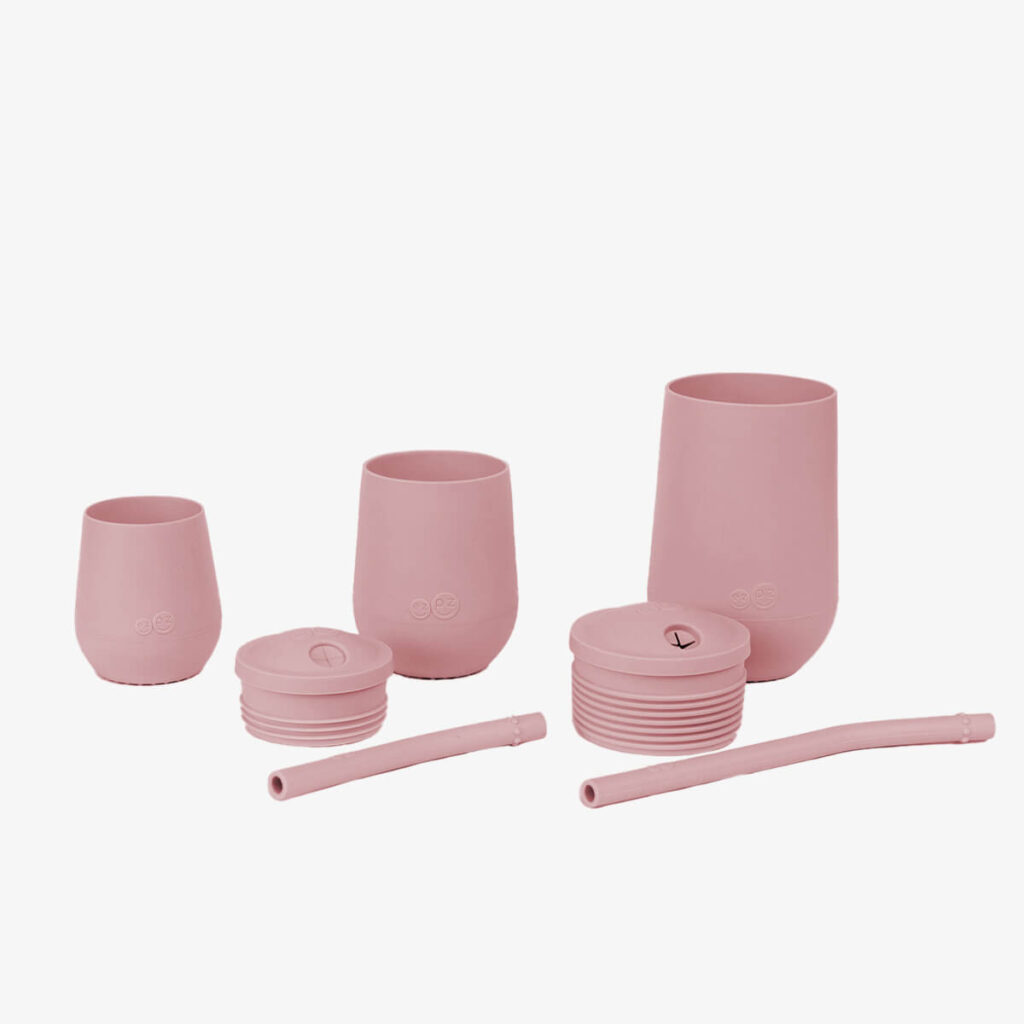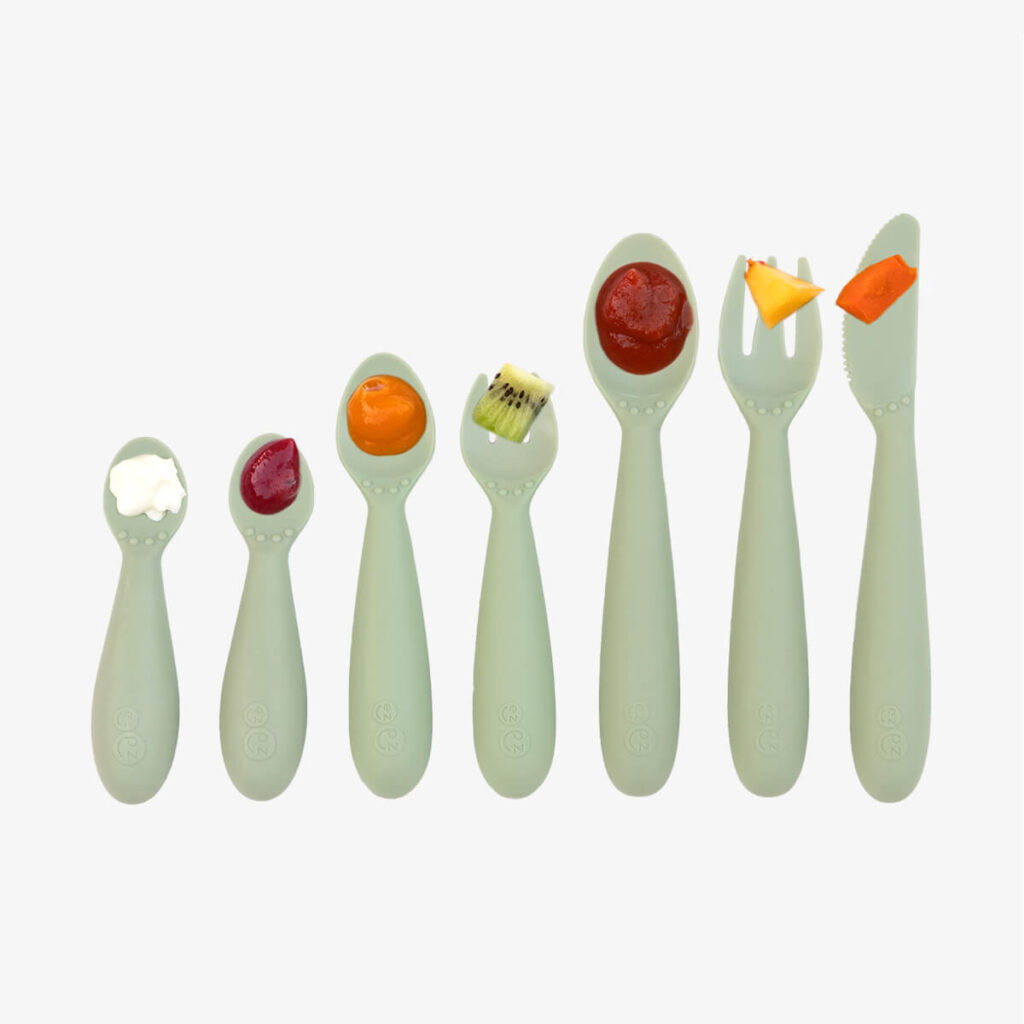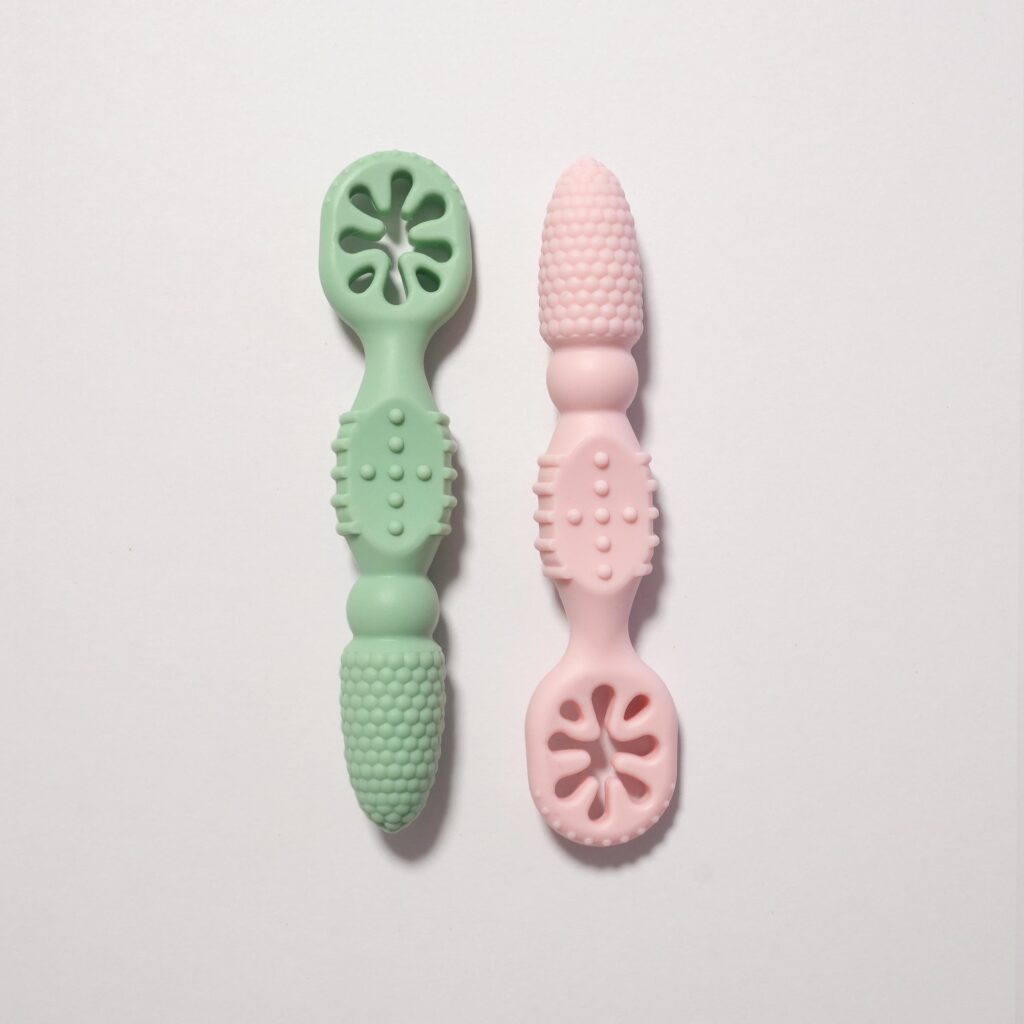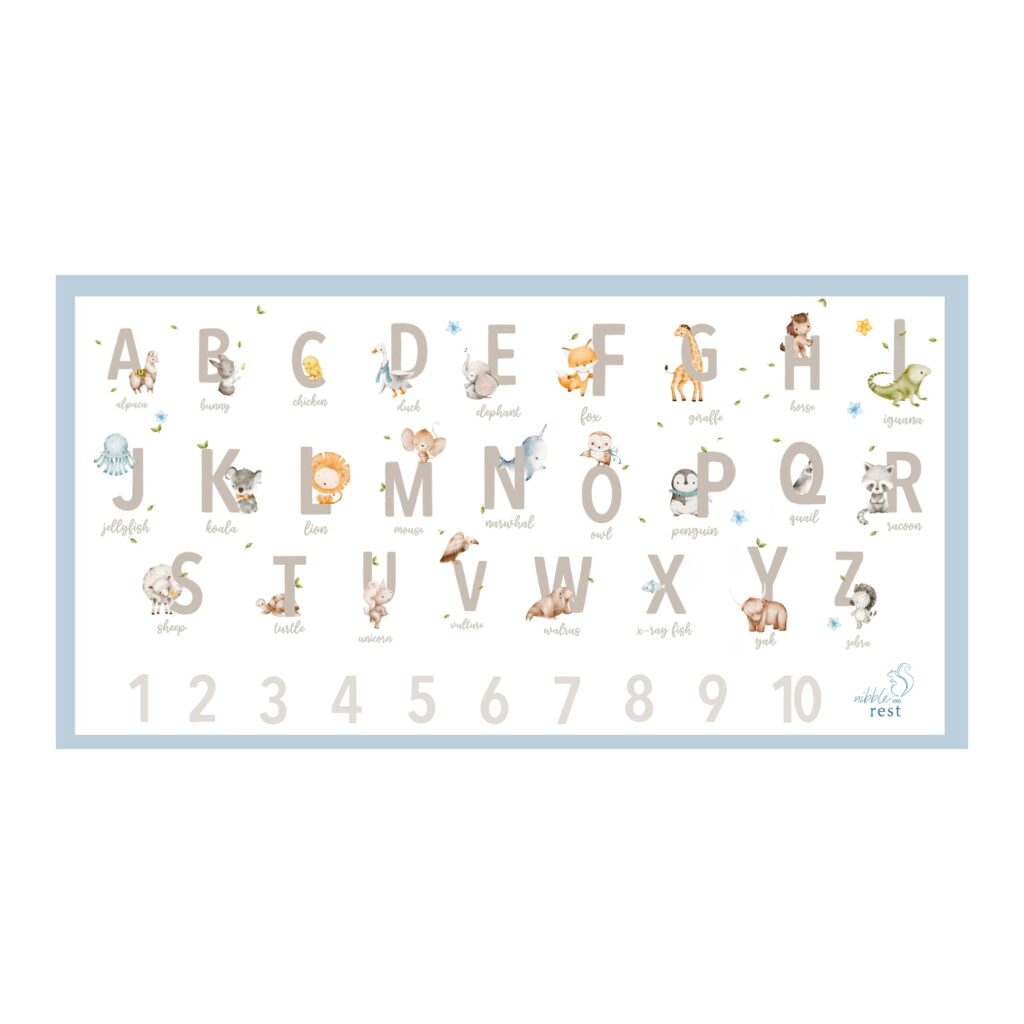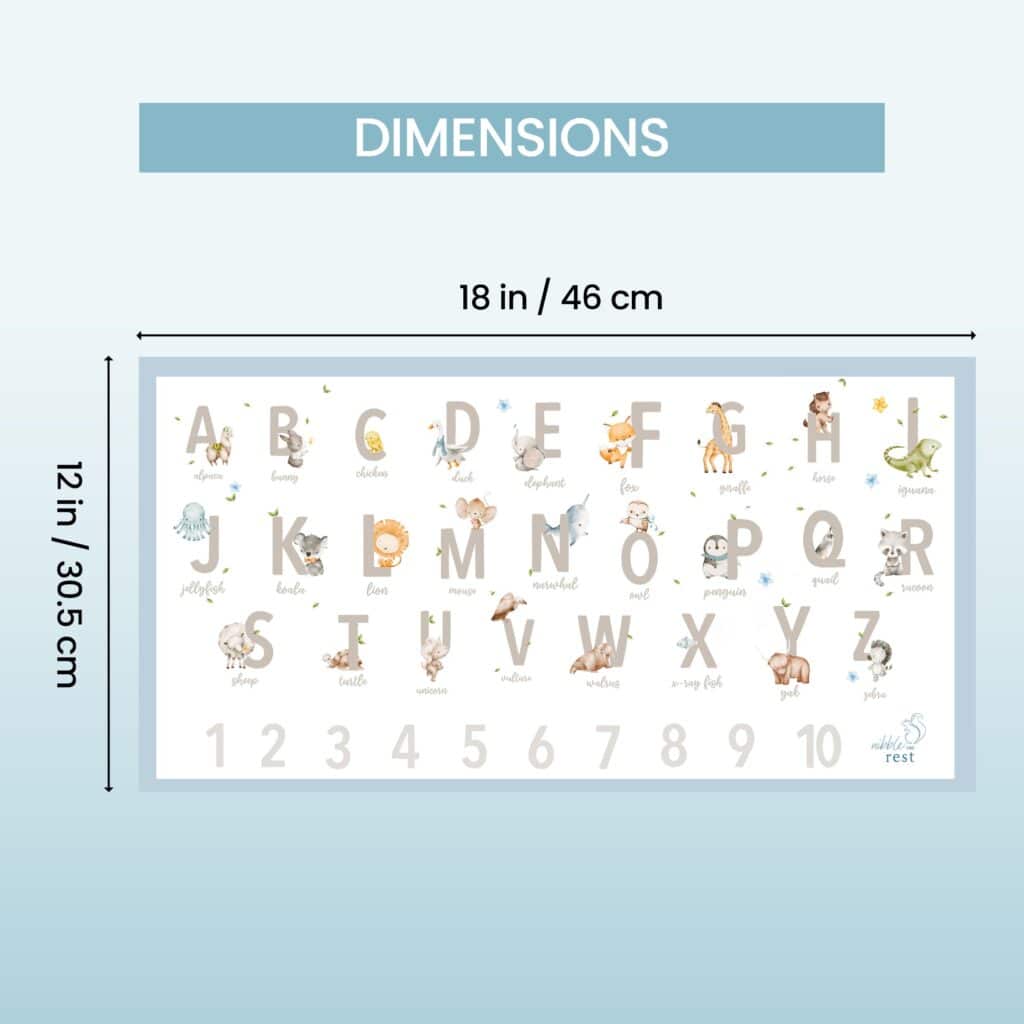Trigger Warning
Before we begin, just a heads up this episode covers topics that some listeners might find distressing, so please feel free to pause or step away if needed.
Hello and welcome to episode 5 of Introducing Solids with Weanish. I'm your host, Rennae Hoare, children's nutritionist, mum and founder of the infant and toddler feeding marketplace, Weanish.
Today we're diving into a topic that understandably brings anxiety to many parents, the difference between gagging and choking. They might seem similar at first glance, but knowing the distinction can make a huge difference to the safety of your baby and the way you handle the situation.
Let's begin by explaining what the gag reflex actually is. If you're new to weaning, you may or may not have heard of it. It's actually a fascinating built-in safety mechanism babies are born with. From day one this reflex helps protect them from choking by triggering a gag response when something touches a specific point on their tongue, preventing anything too large or awkward from going down the wrong way. Up until around nine months old, this gag reflex sits more forward in their mouths, or on their tongues specifically, and that's around halfway along the tongue, which is why babies often gag more frequently when they first start exploring solids. This can be unsettling, but it's actually a sign their body is doing exactly what it should.
From nine months of age, the gag reflex moves farther back and sits around the back of the tongue, near the back of the throat. For particularly strong gag reflexes, you can offer your little ones toys and objects to explore with their mouths. This helps to reduce the reflex and gets them ready for solids.
So how does the gag reflex relate to solids? As your baby starts solids, we've already established around six months the gag reflex is very sensitive at this age because, if you remember, it sits in the middle of the tongue at this age, so don't be surprised if, at the beginning, there is a lot of gagging. This is actually quite normal as they get used to the textures, thickness and the process of chewing and swallowing.
If you see your baby gagging, remain calm and allow them to work it out without interference like back-slapping or putting your fingers in your baby's mouth. They will be able to work the food out of their mouths. If you start slapping their back or sticking fingers in their mouth to remove the food, you can actually make the situation worse and this can lead your baby to choke. First response is to calmly wait and see how your baby handles it.
Now this is our important segment, which is the difference between gagging and choking. So take notes and train yourself to recognise the signs.
Okay, let's talk about how to recognise the difference between gagging and choking. We'll also tell you what to do in each situation. Gagging, while it might look and sound alarming, is actually your baby's way of learning to manage food safely.
When a baby is gagging, you'll usually notice signs like coughing, spluttering or retching. Their eyes might water and they'll keep breathing. Though their face may turn a bit red from the effort, but that's okay. Red is good. In these moments, try to stay as calm as possible. Take a deep breath and count to 10. That pause allows your baby the time to move the food forward in their mouth or spit it out.
Choking, however, is a different situation and it requires quick action. When a baby is choking, their airway is blocked and you may notice silence or strange muted coughs. They might stare open mouthed, struggling without the usual sounds of breathing, and in severe cases, their face or lips could start turning blue. This is an emergency. Call your emergency number straight away and begin giving back blows.
For added confidence as you introduce solids, we do recommend taking a first aid course in infant CPR. These courses are invaluable, knowing what to do can bring peace of mind and will make the journey of feeding your baby feel safer for both of you.
All right, let's talk about prevention and then knowing the high-risk choking foods and how to serve them appropriately.
All foods pose a choking risk, but some foods are more of a worry than others. I'm going to take you through the most common high-risk choking foods and the best way to serve them or, in some cases, avoid serving them in young babies and children.
I'll start with the high-risk foods to avoid in young babies and children. So these foods are not recommended to serve until they're older, more competent eaters.
Firstly, popcorn
Popcorn is a huge risk to children and babies of choking, because babies can aspirate on popcorn, meaning it can get into their lungs due to how light and fragmented it can be for new eaters. It is recommended to wait until three or even four years old before you serve popcorn, and be sure you're serving it when they are not distracted and they are seated quietly and can concentrate on eating.
The second one is marshmallows.
Due to the sticky, gooey texture of a marshmallow, it's hard for babies to chew, as they will often put a whole marshmallow in their mouth at once and this can easily become a problem because it's almost like it sticks their jaws together and they're unable to manoeuvre the food in their mouths.
The same applies to big globs or spoonfuls of peanut butter. So, due to the same sort of sticky, gooey texture, it's hard for babies and small children to navigate those large spoonfuls of peanut butter around their mouths. So, if you're serving peanut butter, be sure to serve it in a thin spread.
Next, we'll talk about the foods that are high-risk and can be served in appropriate ways to ensure safety.
Firstly, we'll look at whole nuts.
These are best avoided in their full form, so opt for grinding the nuts and then sprinkling them over dishes, or choose smooth nut butters spread thinly on your desired cracker or toast.
The other thing you want to serve differently are whole grapes, blueberries and cherry tomatoes. For cherry tomatoes and whole grapes, you want to cut these into quarters lengthways to make them easier to manage. For blueberries, you can squash them flat with your finger. Just break the round shape. They don't have to be completely flat. The reason for that with these food items is because they are the exact size and shape of a baby's windpipe.
Third things you want to think about and look for is hard fruits and vegetables.
The best way to serve these are to steam them until they are soft or cut them wafer thin if serving raw.
Another hard texture for them to navigate is watermelon.
Cut watermelon thinly into fingers or offer a small sliver still attached to the rind. Don't serve large triangular pieces, as large chunks can break off and become a choking risk. The issue with watermelon is the combined texture of liquid and pulp, so this texture is hard for little ones to navigate, especially if they have a large piece in their mouth as they're trying to chew and swallow at the same time. This is very advanced and it's difficult for new feeders.
And lastly, hot dogs and sausages.
So, these should be cut lengthways down the middle so long ways, not across.
For six-month babies, serve them in finger sizes, so the same length and shape of a finger.
For older babies, you can cut them again lengthways down the middle and then again across ways. So you're basically making little, tiny half-circles, but not circles. Be sure to never serve a hot dog or sausage in coin shapes, as they are the exact size and shape of a baby's windpipe as well. So, that means if this goes down the wrong way, it will be a snug fit and it will completely block the airway.
Also, be sure to check meat and fish for small bones before serving.
For more information on high-risk choking food and the difference between gagging and choking, you can follow us at @Weanish_ on Instagram or on Facebook at @Weanish as I often post content about safe food service, I will link some of our top posts in the show notes.
So, that's a top-level overview of gagging and choking for you. I hope you now have a better understanding of the difference between the two.
Remember, gagging is natural and serves as your baby's built-in safety mechanism to manage food, especially as their little systems adapt to textures and new foods. When they gag, they'll often cough, splutter or retch, with their eyes possibly watering. They'll still be breathing, even if their face turns red. Red is good. In these moments, your calmness is key. Just count to 10 and give your baby the chance to work the food forward on their own.
Choking, however, is a true emergency. You'll see signs like silence, a blocked airway or muted sounds, with the baby potentially staring open-mouthed or turning blue. If this happens, act immediately by calling your emergency number and then taking the baby out of the high chair and starting back blows while you wait for help.
Make safe introduction your priority. Keep an eye on high-risk foods like popcorn, large spoonfuls of peanut butter and marshmallows, and be sure that you serve whole nuts, grapes and cherry tomatoes in the correct way. Consider slicing, dicing or steaming foods like fruits and vegetables, and always check for bones in meat and fish.
These precautions will help you feel confident as your baby explores solids. And lastly, don't forget that all-important first aid course, because it will add an extra layer of assurance and give you confidence.
Thanks for tuning into this episode of Introducing Solids with Weanish. With a bit of patience and knowledge, you can make mealtime both safe and enjoyable for you and your little one.
Don't forget to subscribe so you never miss an episode. I'll be here every Weanish Wednesday. Please leave a review and share this podcast with friends. It really does help get the word out. My mission is to support as many families as possible to safely and confidently introduce solids. I appreciate you so much. Don't forget to check out the Instagram posts I mentioned and follow along.
Until next week, Weanish and I remain your partner in feeding adventures.
Happy weaning.
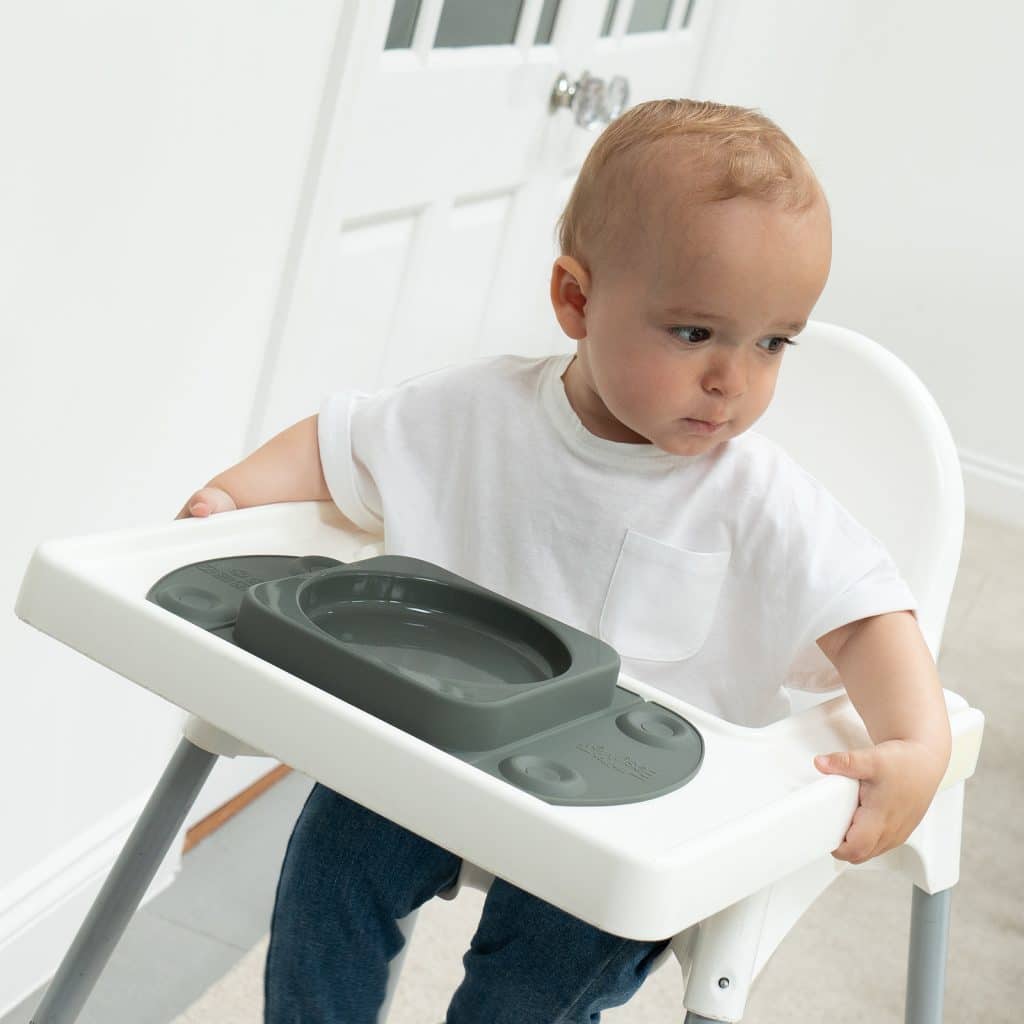 Easymat MiniMax Open Baby Suction Plate
Earn up to 29 points.$29.95
Easymat MiniMax Open Baby Suction Plate
Earn up to 29 points.$29.95
 Footsi® - Eco-friendly Adjustable Highchair Footrest - The Woodsi Footsi®
Earn up to 34 points.$29.95 – $34.95
Footsi® - Eco-friendly Adjustable Highchair Footrest - The Woodsi Footsi®
Earn up to 34 points.$29.95 – $34.95
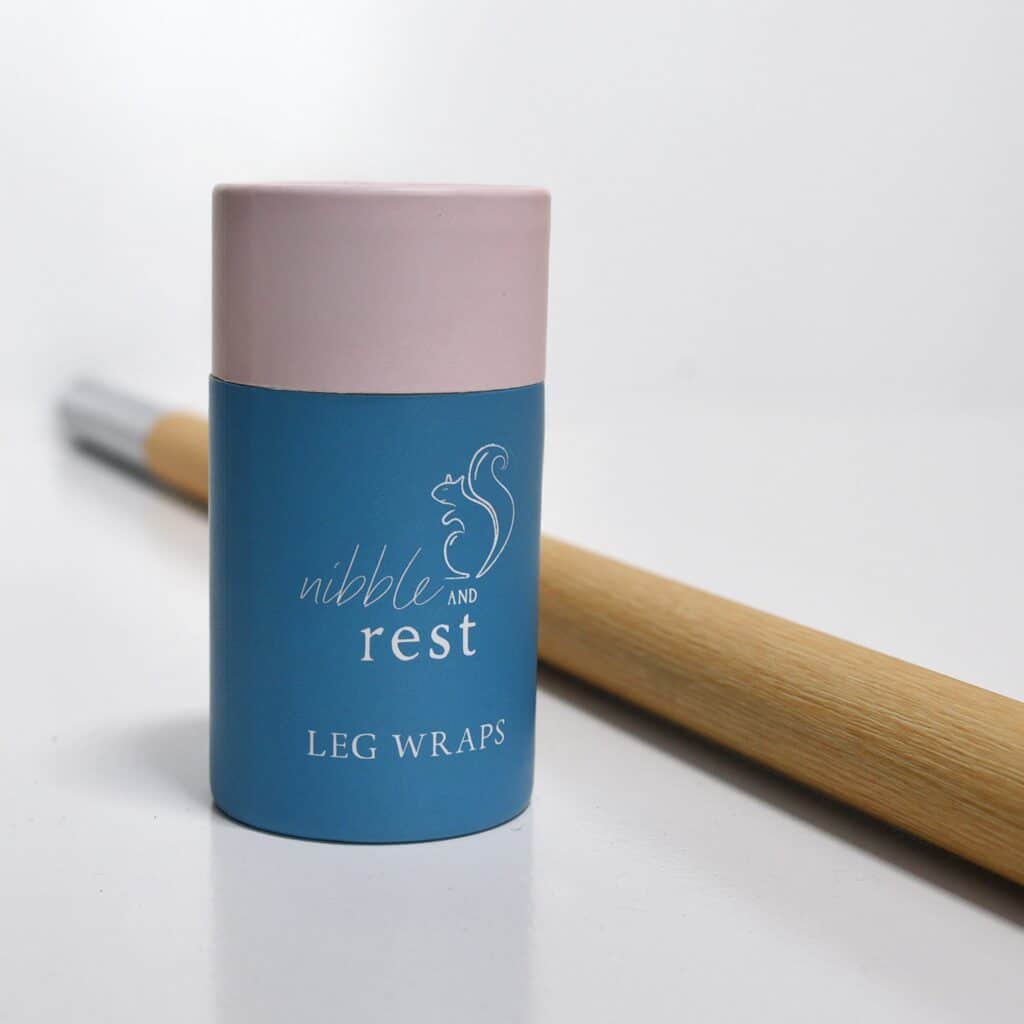 Leg wraps - KMART Highchair
Earn up to 19 points.$19.95
Leg wraps - KMART Highchair
Earn up to 19 points.$19.95



